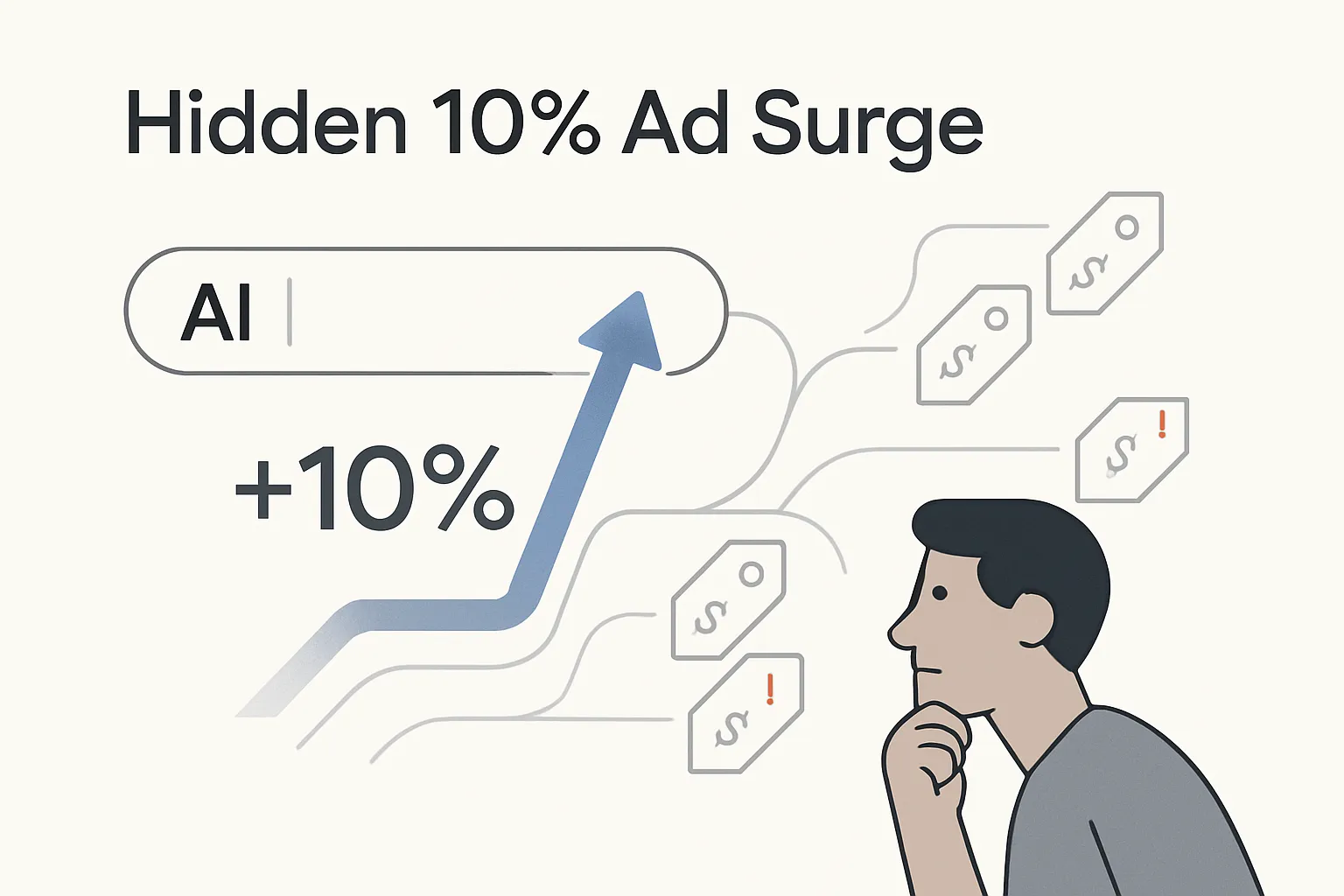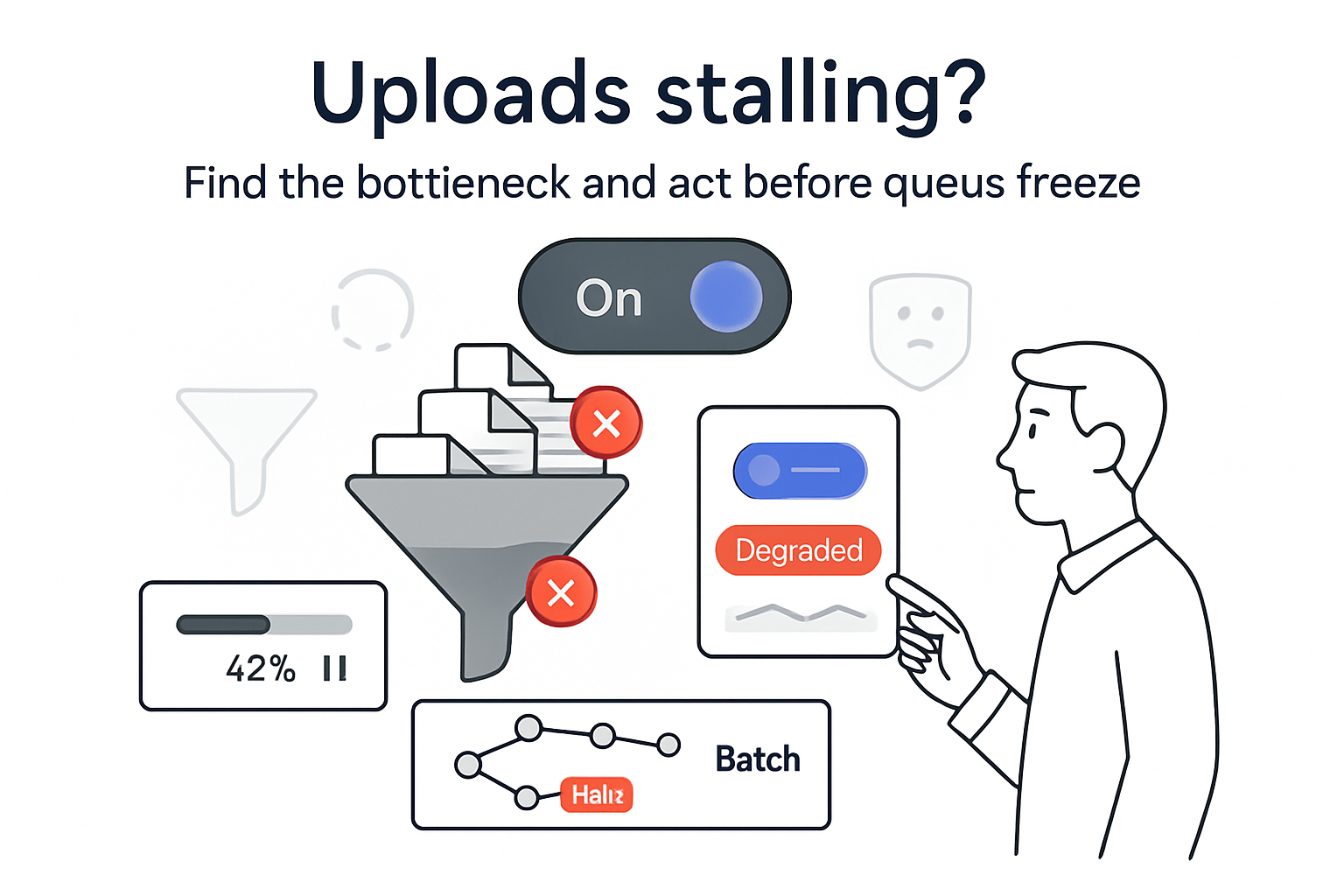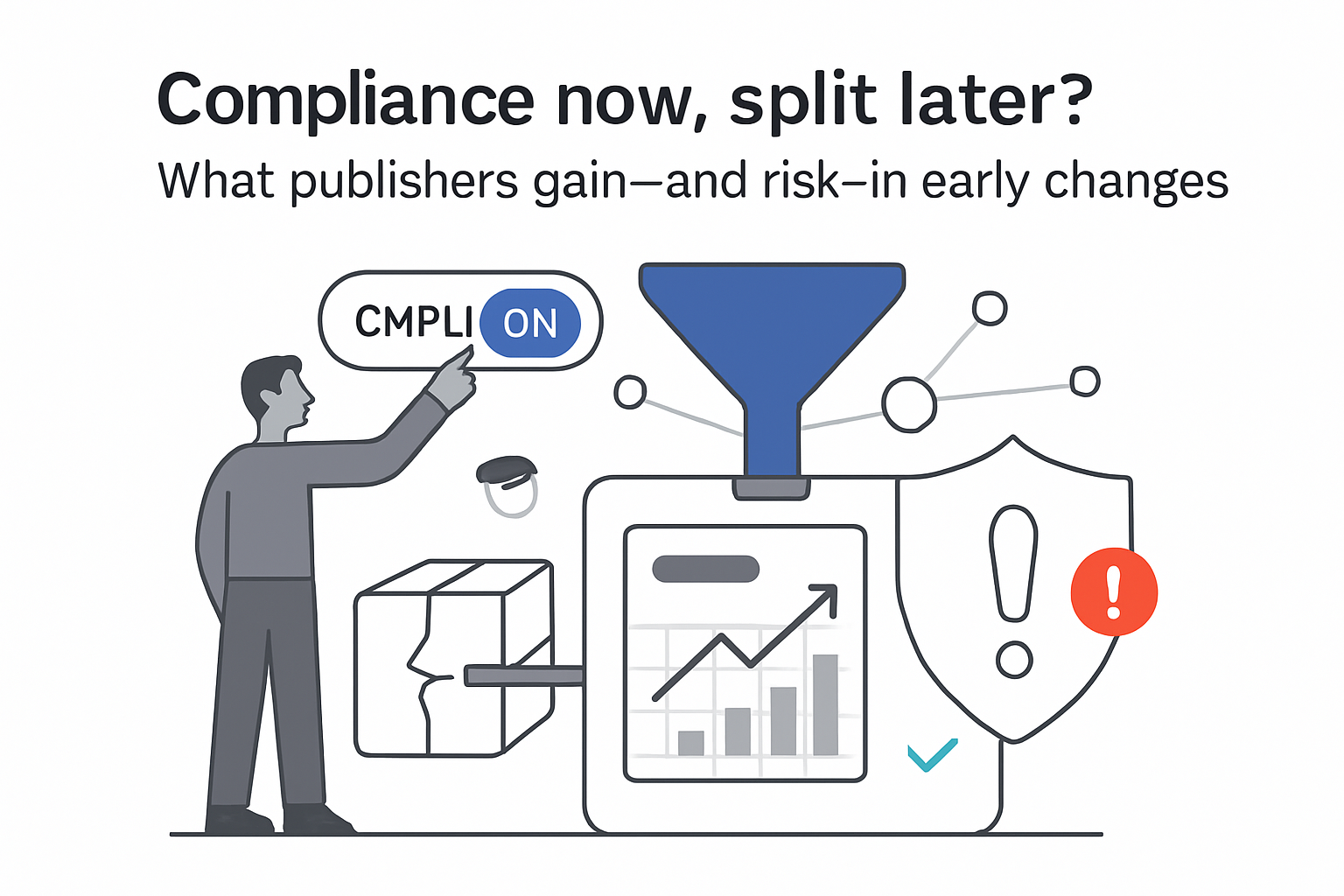Google’s latest disclosure overturns the idea that generative summaries shorten search sessions. On its Q2 2025 earnings call, the company stated that AI Overviews drive “over 10 % more queries” on result pages where the feature appears. Combined with a 12 % year-over-year rise in Search revenue, the data signal a structural change in both paid and organic search dynamics. The analysis below explains the mechanics behind the extra queries, how they flow through ad auctions, and where marketers may need to shift budgets over the next two quarters.
Key Takeaways
- AI Overviews spark roughly 1.08–1.12 × follow-up queries on eligible SERPs, adding an estimated 45–55 billion global searches per month - equivalent to 4–6 % more ad impressions after adjusting for ~60 % U.S. English coverage.
- Volume gains skew toward users aged 18–34 and toward multimodal inputs. Lens and Circle to Search sessions trigger 1.3 × more refinement queries than text-only sessions.
- Greater inventory is softening long-tail CPCs (-3 % to ‑5 % month-over-month in shopping and travel) while head terms with high commercial intent remain flat or rise slightly (+1 % to +3 %), producing a barbell effect.
- Organic clicks consolidate around sources cited in the snapshot: Similarweb panel data show cited domains gaining +7 % traffic, while non-cited domains lose ‑3 %.
- Monthly token processing doubled to 980 trillion, suggesting faster model iteration and shorter freshness windows for content.
Situation Snapshot
Trigger: Alphabet Q2 2025 earnings call, 23 July 2025. Google revealed that AI Overviews add “over 10 % more queries” and now reach 2 billion monthly users. Search revenue grew to $54.2 billion, up 12 % YoY. Token throughput across Google surfaces rose from 480 trillion in May to 980 trillion in July. No analyst on the call challenged the figures.
Breakdown & Mechanics
- Query → LLM draft answer → Snapshot chips
The user submits an initial question (text, image, or screen region). Gemini 1.5 Flash composes a summary citing 4–8 URLs and attaches “chips” such as “cost,” “near me,” or “DIY” based on historical intent clusters. - Chip click = new query
Every chip tap receives a new query ID and launches a fresh auction. Because chips are more specific, ad density increases. - Younger cohorts over-index
Internal cohort data show users aged 18–24 adopting chip refinements 14 % more often than users aged 35–54. - Elastic supply meets mostly fixed demand
Extra inventory pushes CPCs lower where advertiser counts are thin (long tail). High-competition head terms keep bid floors stable or rising.
Impact Assessment
Paid Search
- Effect size: +4–6 % impressions, ‑2 % to +1 % average CPC across mixed portfolios.
- Beneficiaries: Categories rich in “how-to” or visual queries (home improvement, CPG, apparel).
- Losers: Verticals where the overview satisfies intent without a click (currency conversions, quick facts).
- Actions: Update impression forecasts, isolate campaigns tied to overview-eligible queries, and monitor chip queries in the search terms report.
Organic & Content
- Seventy percent of Overview snippets cite domains already ranking in positions 1–5, but 30 % pull from deeper results, rewarding niche authority.
- Actions: Strengthen factual markup, keep answer paragraphs to 25–50 words, include high-resolution images, and audit schema quarterly.
Creative & UX
- Rich images and alt text can surface inside the snapshot carousel; test image-first assets even for text queries.
- Overviews often push the first organic link 300–400 pixels below the fold on mobile—track real-estate shifts.
Operations & Budgeting
- Add a 5 % volume multiplier for overview-eligible terms in forecast models and adjust CPC assumptions by match type (exact head vs. broad long-tail).
- Faster model updates mean content freshness decays sooner; recalibrate update cadences.
Scenarios & Probabilities
- Likely (60 %): Overview coverage hits 70 % of queries by Q4 2025; incremental query lift stabilizes at 10–12 %.
- Possible Upside (25 %): The UI adds auto-suggested follow-ups, pushing lift to 15 % and trimming long-tail CPCs another 3–4 %.
- Edge Downside (15 %): Regulatory or publisher pushback forces Google to trim snapshot depth; query lift falls to 5 %, CPCs rebound.
Risks, Unknowns, Limitations
- Google’s 10 % figure is aggregated; vertical-level distribution remains undisclosed.
- Token metrics combine Workspace and Cloud usage, muting clarity on pure Search volumes.
- Panel-based traffic estimates carry a ±2 percentage-point error margin.
- Any change in chip tracking could reclassify follow-up queries and alter volume calculations.
Sources
- Alphabet, 23 Jul 2025, Earnings Call Transcript
- Google Ads Product Team, 18 Jun 2025, Advertiser Webinar “Generative Search Ads Trends”
- Tinuiti, 15 Jul 2025, Q2 Google Ads Benchmark Report
- Similarweb, 20 Jul 2025, “AI Overview Traffic Impact” Panel Data Notes







.svg)